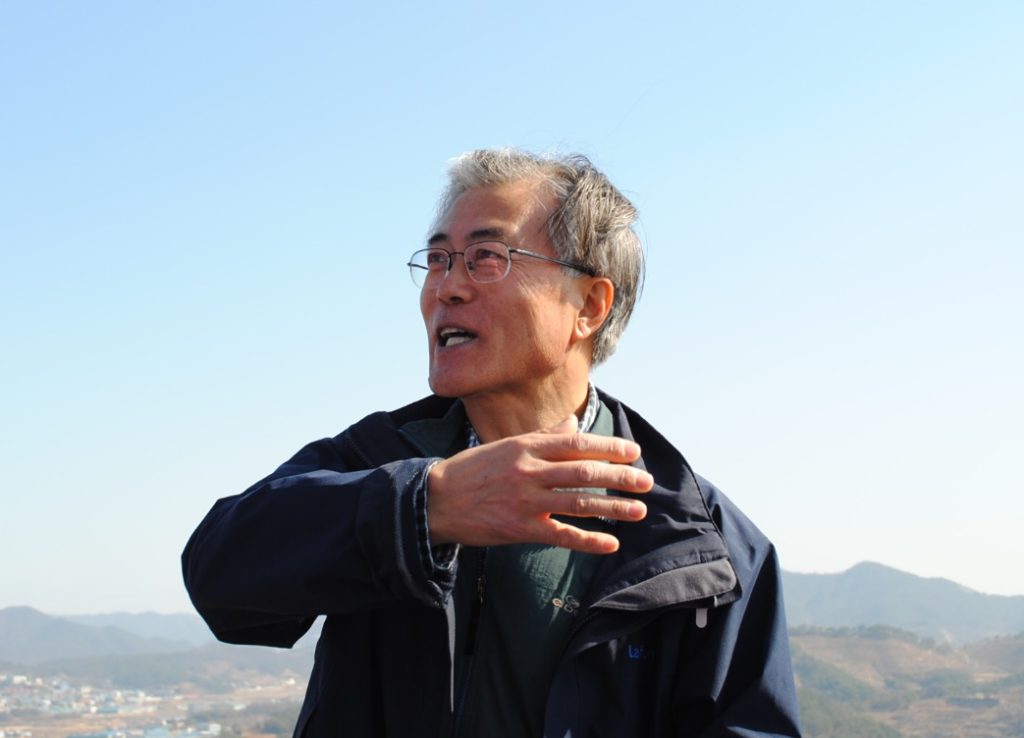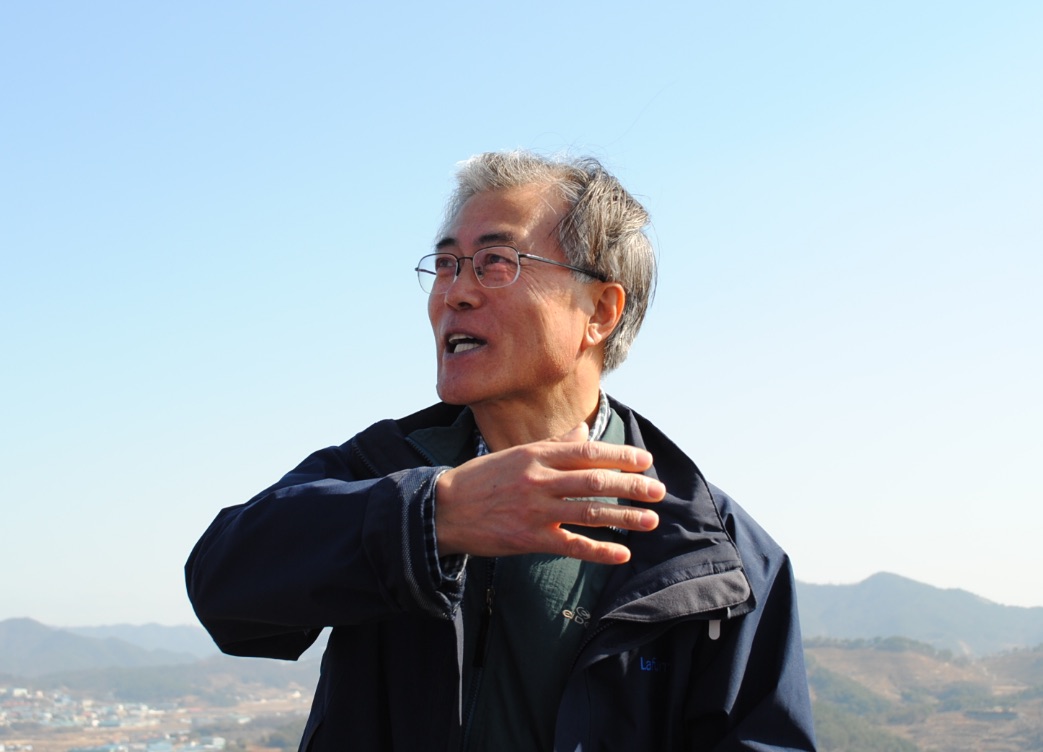On May 9, 2017, South Korea elected a new President: Moon Jae-in, a former human rights lawyer and student activist. Similar to the recent French election, this victory is a decisive triumph against the global movement of far-right nationalist politics — Moon’s biggest opposition was conservative strongman Hong Jun-pyo, many of whose supporters accuse Moon of being a communist. It marks the return to power of the South Korean liberal party after nine years of conservative rule. Moon’s victory comes in the wake of the ousting and impeachment of former president Park Geun-hye, South Korea’s first female president who is currently on trial for corruption.

photo courtesy of Mimacds@Korean Wikipedia
Moon has quite a task ahead of him — he inherits a nation with a stagnant economy and an unprecedented unemployment rate among the younger generation. Sixty percent of voters did not actually vote for him; with 12 other candidates in the running, he managed to obtain office with only 41% of the popular vote. The country is fraught with disillusionment and turmoil after the most recent corruption scandal that took down not only the nation’s president but also top executives at some of its most powerful companies, such as Samsung and Lotte Group. Yet Moon promises to be a “president for the people;” his platform involves cleansing the federal government of corruption and uniting and serving the entire population.
On his first day in office, Moon nominated a prime minister (the equivalent of a vice president) from a rural left wing province; Moon also selected a former student protester (similar to Moon himself) as his chief of staff — demonstrating evidence to a unique approach to the Korean presidency. Moon’s presidency promises a significant shift in South Korean foreign policy; he is known for his work under former President Roh Moo-hyun on the “Sunshine Policy,” an attempt to improve relations between North and South Korea and a drastic departure from the traditionally hard stance taken against their northern neighbor.
This new agenda signifies a departure from South Korea’s historically close ties with the U.S.; a relationship that has been unusually strong since the 1950s. Moon has stated that he might have to say “no” to his traditionally strong ally and start focussing on his country’s own needs. Accordingly, it is easy to speculate that President Trump’s own rigid stance against North Korea might come into conflict with Moon’s plans for South Korea— and with the ticking time bomb of North Korea so close on its borders, one can only guess at the dangers that this type of conflict may bring.







